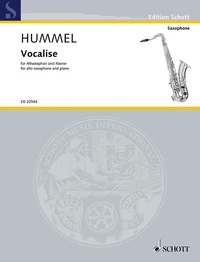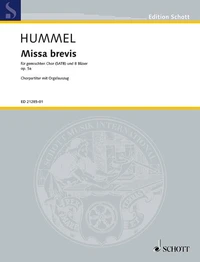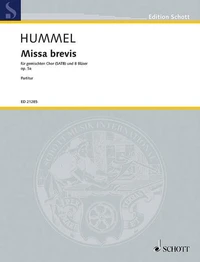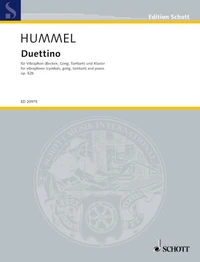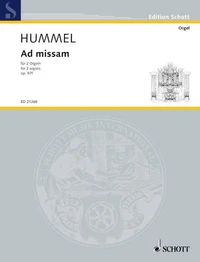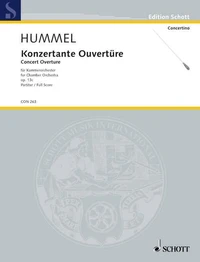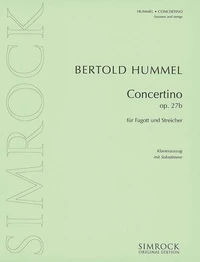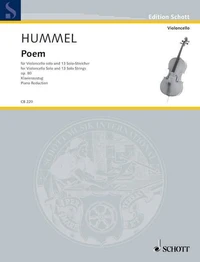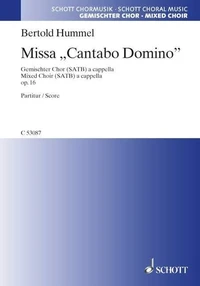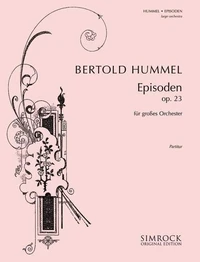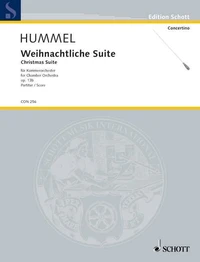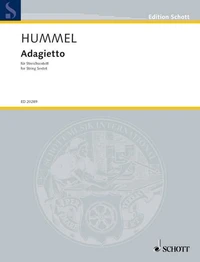Music Of Our Time
Fantasia gregoriana. für großes Orchester. op. 65. orchestra. Partition d'étude.
Par : Formats :
- Paiement en ligne :
- Livraison à domicile ou en point Mondial Relay indisponible
- Retrait Click and Collect en magasin gratuit
- Réservation en ligne avec paiement en magasin :
- Indisponible pour réserver et payer en magasin
- Nombre de pages32
- Poids0.121 kg
- Dimensions21,0 cm × 29,7 cm × 0,0 cm
- ISBN979-0-001-16897-7
- EAN9790001168977
- Date de parution01/01/2009
- CollectionORCHESTRE
- ÉditeurSchott
Résumé
The brief Fantasia gregoriana, op. 65, is based on the Gregorian Easter Hallelujah. Like a mosaic, the individual heterogenic episodes, lyrical, dance-like, hymnal and dramatic in turn, are combined through the permanent presence of the theme into a unified whole. The Gregorian Hallelujah is present as a type of mode in every bar of the work. The subdued introduction, characterised by the tritonically transposed structure of the original material, is followed by a sharply accentuated presentation of the theme in the bass.
Over the partially engarlanded resolved variants, a first bitonal climax is reached (F minor and D major simultaneously). The dramatic development is repeated, interspersed with arioso interruptions, until the main idea is brought to culmination in brilliant instrumentation. The final chord consists of all notes of the theme. Instrumentation : orchestra op. 65
Over the partially engarlanded resolved variants, a first bitonal climax is reached (F minor and D major simultaneously). The dramatic development is repeated, interspersed with arioso interruptions, until the main idea is brought to culmination in brilliant instrumentation. The final chord consists of all notes of the theme. Instrumentation : orchestra op. 65
The brief Fantasia gregoriana, op. 65, is based on the Gregorian Easter Hallelujah. Like a mosaic, the individual heterogenic episodes, lyrical, dance-like, hymnal and dramatic in turn, are combined through the permanent presence of the theme into a unified whole. The Gregorian Hallelujah is present as a type of mode in every bar of the work. The subdued introduction, characterised by the tritonically transposed structure of the original material, is followed by a sharply accentuated presentation of the theme in the bass.
Over the partially engarlanded resolved variants, a first bitonal climax is reached (F minor and D major simultaneously). The dramatic development is repeated, interspersed with arioso interruptions, until the main idea is brought to culmination in brilliant instrumentation. The final chord consists of all notes of the theme. Instrumentation : orchestra op. 65
Over the partially engarlanded resolved variants, a first bitonal climax is reached (F minor and D major simultaneously). The dramatic development is repeated, interspersed with arioso interruptions, until the main idea is brought to culmination in brilliant instrumentation. The final chord consists of all notes of the theme. Instrumentation : orchestra op. 65


